Mice and Rats
The two most common species of mice in Canada are the house mouse and the deer mouse. The Deer Mouse is native to Canada and the House Mouse is not. If you look up mice in the internet you would be hard pressed to find any information about them that isn’t related to them as being a pest and how to deal with them in a pest control manner. For many people, the only time they do see a mouse is when it is dead in a mouse trap.
Native to Europe and Asia, the Norway Rat made its way to North America as stowaways on ships way back in the 1700s. They live among humans and feed on grain, vegetables, fruit and garbage. They are almost always unwelcome as they can create extensive damage and they carry parasites and diseases that are transferable to humans and animals.
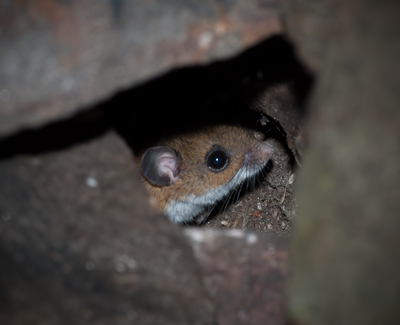 Although Deer Mice are the most often unwanted rodents in residence and buildings, they are also the most common mouse in the forest. Forest mice populations rise and fall with the tree seed cycles. They form the largest core of seed distributors in the forest by planting seeds in forgotten caches and spreading pits and mushroom spores in their droppings.
Although Deer Mice are the most often unwanted rodents in residence and buildings, they are also the most common mouse in the forest. Forest mice populations rise and fall with the tree seed cycles. They form the largest core of seed distributors in the forest by planting seeds in forgotten caches and spreading pits and mushroom spores in their droppings.
Deer mice are fun to watch as they go about their business. While camping, we often see Deer Mice at night while we are sitting around the fire. They can be quite tame at times and are not phased by a flashlight.
Deer Mice can have 3 or 4 litters per year with 3 to 6 young. Even with this many offsprings, they don’t usually become over populated because are important prey for many different animals. Predators include owl, weasels, foxes, raccoons, skunks, shrews, snakes, hawks, herons, minks, bobcats, coyotes, and many more full or partial carnivores.
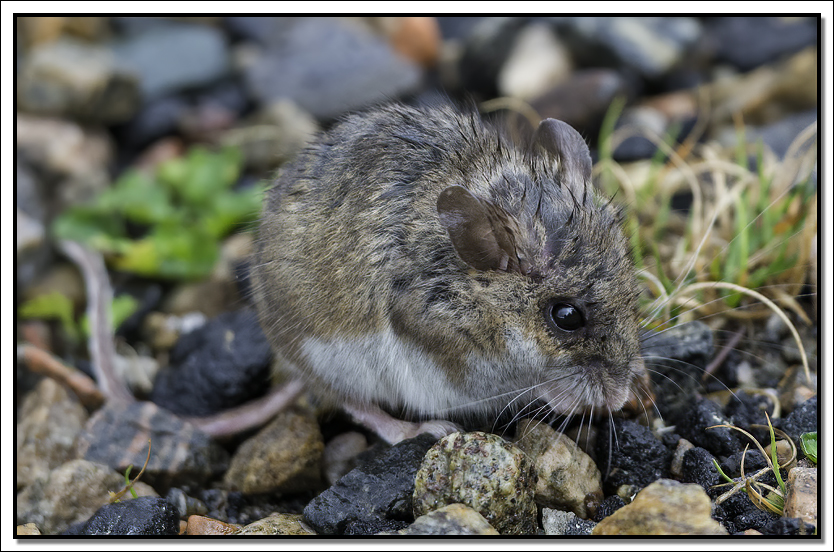
Deer Mice are actually fastidious and they will carefully groom and preen themselves.
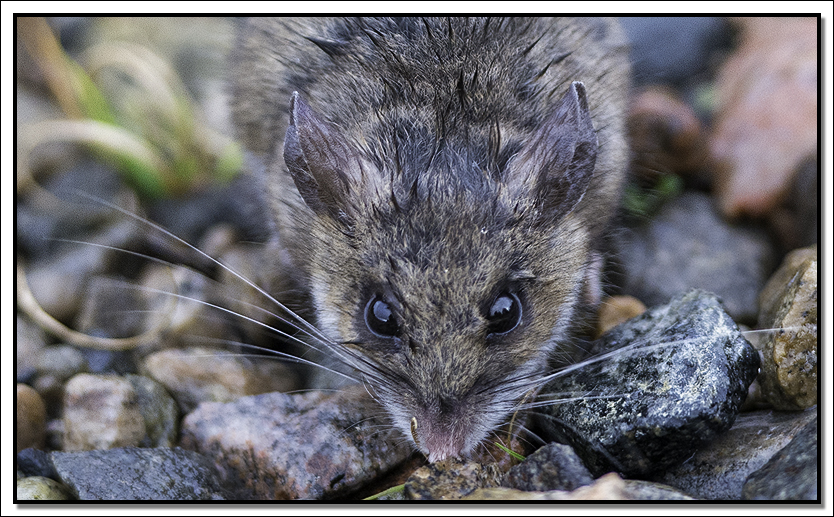
The deer mouse is small in size, only 8 to 10 cm long not including the tail. They have large beady eyes and large ears giving them good sight and hearing.
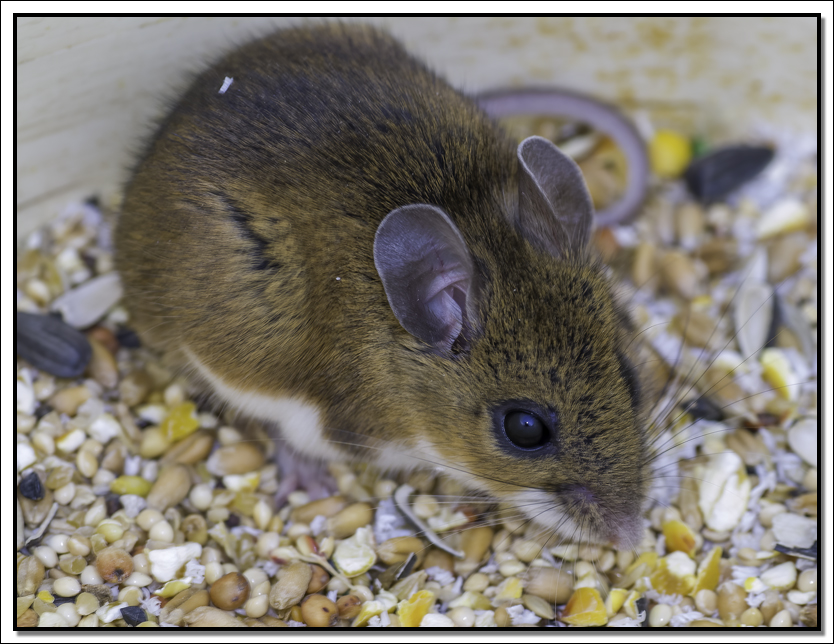
The little guy find his way into our pail of bird seed and thought he had found a paradise. The only problem was that, once in the pail, he had no way out.
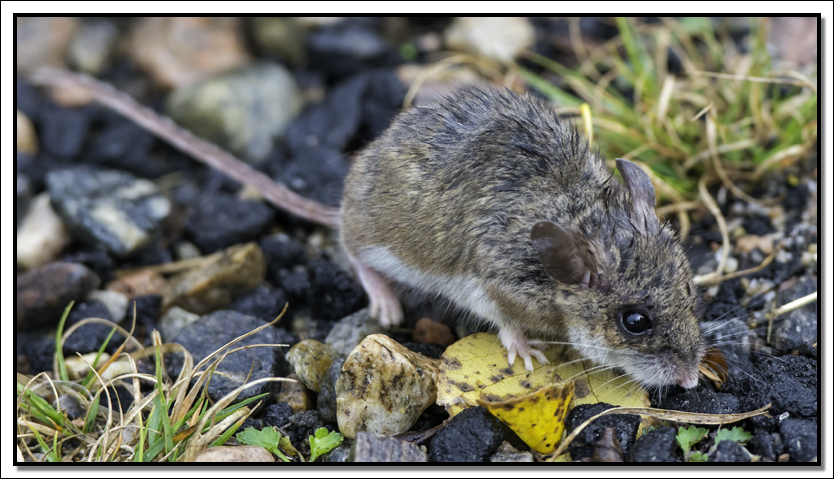
Mice are difficult to photograph because they are generally nocturnal and when we do see them, they don't stay still very long. This guy was an acception.
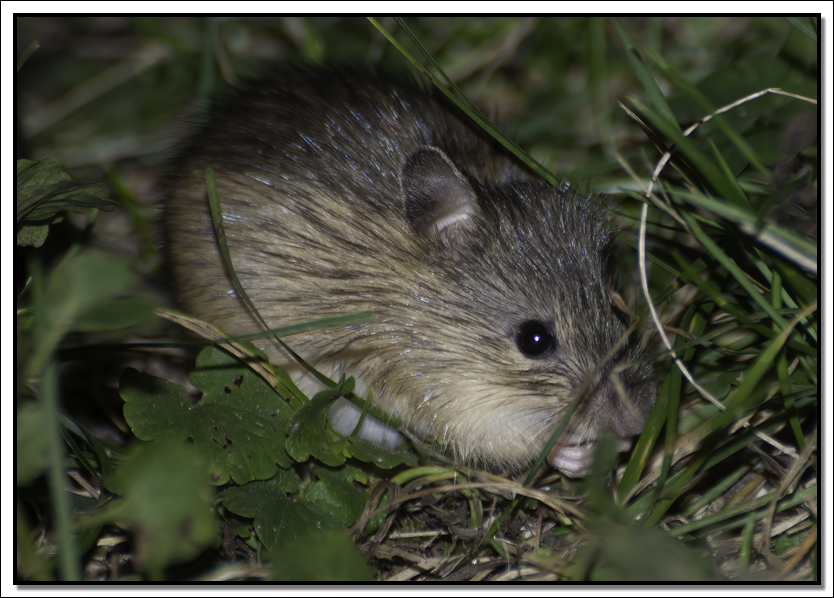
Norway Rats feed on a variety of seeds and grains, so they are naturally attracted to bird feeders.